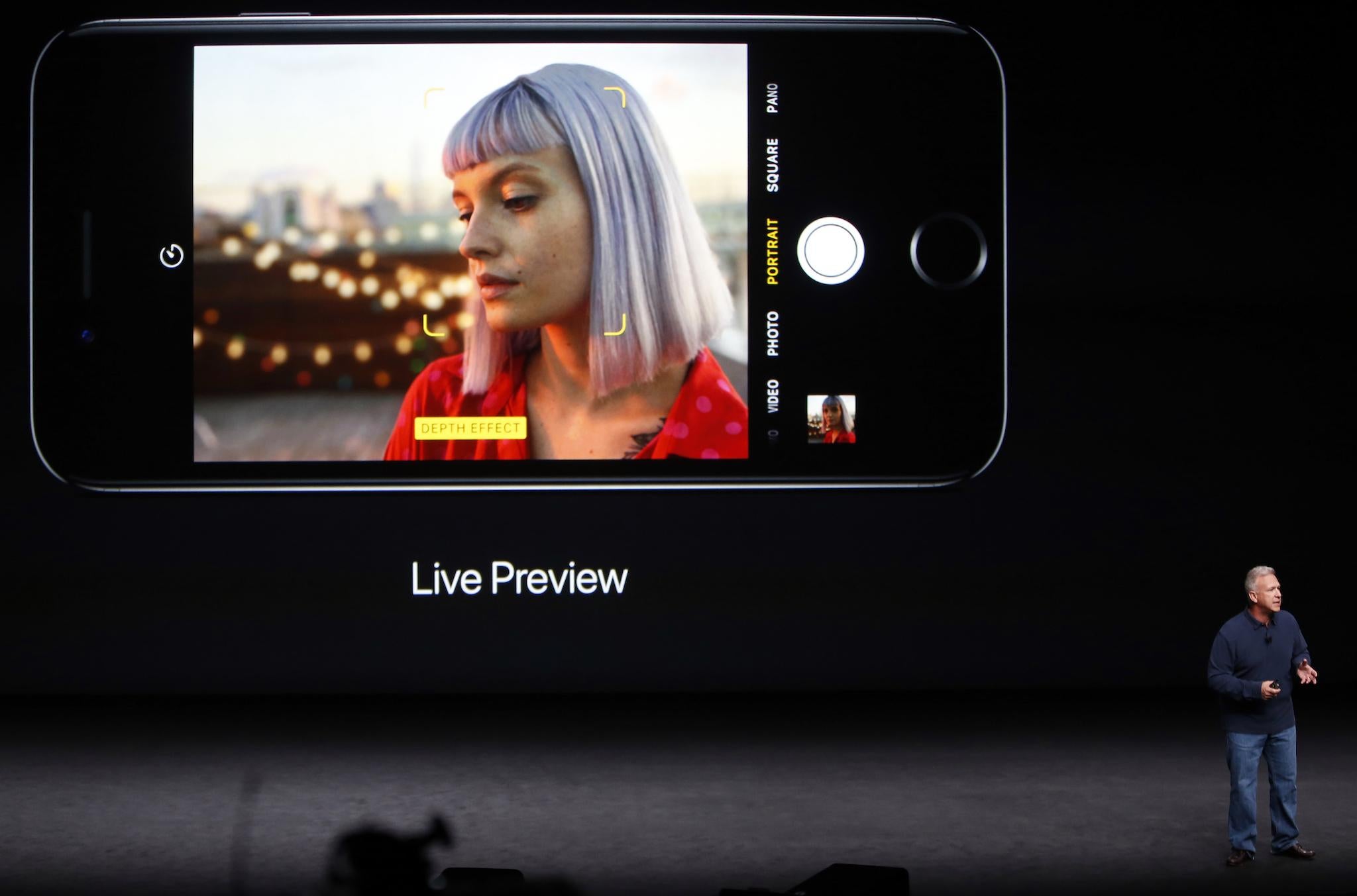iPhone 7 Plus: How take photos using the new Portrait mode
Using some clever tech and two cameras, your phone can turn your dog into a cover star

The long-anticipated Portrait mode has finally arrived for the Apple iPhone 7 Plus, as part of a recent update.
Portrait mode is designed to create those stylish and effective shots that professional photographers manage, where the subject is in sharp focus but the otherwise-distracting background is moodily blurred.
It’s called the bokeh effect, created by a deliberately shallow depth of field. Depth of field is the distance between the foreground and background that’s in focus. Bokeh, Japanese for blur, is used to describe the quality of the blurry parts of the picture.
Although the Portrait mode was announced in September, Apple said it would follow later, due to the need to test it thoroughly in every situation, tweaking the effect.
That’s because, unlike traditional photography, this is achieved using software algorithms as well as the iPhone 7 Plus’s two cameras.
A regular SLR camera achieves the effect by opening the aperture wide – the larger the aperture, the shallower the depth of field. Often, you’ll want a smaller aperture so as much of the picture is in focus but this means a longer shutter speed to let more light in.
Mobile phone cameras, however, can’t adjust the aperture.
Apple’s solution is to use both the close-up and the distance cameras at the same time, then apply complicated algorithms to the result and artificially blur what the iPhone’s brain deems to be background.
It’s not foolproof, but the effects are pretty striking.
It’s easy to use: launch the camera and choose Portrait from the range of options which previously just had Photo, Video, Square, Panoramic, Slo-mo and Time-lapse.
Then take note of messages onscreen. For instance, you need a certain level of lighting for the effect to work. Brighter light makes better portraits. You’ll also get a message if you need to change your distance from the subject.
I’ve tried the Portrait mode with an occasionally amenable subject. I should just say that this mode is meant for humans, and as you’ll undoubtedly have noticed, my subject is a dog. Note that in one of the shots her tail is deemed to be part of the background rather than her, though I quite like the result.
On the whole, a background that’s a bit further away makes the depth of field more noticeable and higher contrast between front and back helps, too. So contrasting colours are good.
The best thing about the Portrait mode is that it, like high-end cameras, gives a real-time preview of the effect so you can judge if it’s arty enough for your liking.
The camera saves two versions, one without the Portrait feature and labelling the other as Depth Effect, though you’ll probably have spotted which is which.
This software effect is not as brilliant as using the right lens on an SLR, of course, as it blurs everything equally where the right piece of SLR glass will specifically render out-of-focus points of light which creates the right bokeh.
But for the camera you always have with you, and one that doesn’t make your pockets bulge like an SLR would, it’s a pretty cool effect.
Join our commenting forum
Join thought-provoking conversations, follow other Independent readers and see their replies
Comments